Introduction
In the ever-evolving landscape of industrial operations, the seamless performance of machinery is paramount. From intricate production lines to heavy-duty equipment, every component must work in perfect harmony to ensure efficiency, reliability, and profitability. At the heart of this well-oiled machine lies an unsung hero: mineral oil lubricants.
Prepare to delve into the fascinating world of mineral oil lubricants, where science meets engineering ingenuity. Uncover the secrets behind these liquid marvels, their diverse applications, and the profound impact they have on machinery performance. Whether you’re an industry professional seeking to optimize your operations or a curious mind intrigued by the marvels of modern engineering, this comprehensive guide will equip you with invaluable insights.
Imagine a future where your machinery operates smoothly, efficiently, and with unparalleled longevity. A future where downtime is minimized, maintenance costs are reduced, and your bottom line soars. Mineral oil lubricants hold the key to unlocking this potential, and this guide will empower you with the knowledge to harness their full potential.
Join us on a captivating journey as we explore the intricacies of mineral oil lubricants. Uncover their unique properties, delve into their applications across industries, and discover best practices for optimizing their performance. By the end of this comprehensive guide, you’ll be armed with the knowledge and tools to ensure your machinery operates at peak efficiency, safeguarding your investment and driving your business forward.
Understanding Mineral Oil Lubricants
Origins and Composition
To truly appreciate the power of mineral oil lubricants, we must first explore their origins and composition.
Crude Oil Refinement
Mineral oils are derived from the refining of crude oil, a naturally occurring fossil fuel. Through a series of intricate processes, including distillation and purification, the desired hydrocarbon fractions are extracted and transformed into various mineral oil products, each with unique properties and applications.
Paraffinic and Naphthenic Oils
Two main types of mineral oils exist: paraffinic and naphthenic. Paraffinic oils, composed primarily of straight-chain hydrocarbons, offer excellent oxidation resistance and low volatility, making them ideal for high-temperature applications. Naphthenic oils, on the other hand, contain cyclic hydrocarbons and are prized for their outstanding solvency and low pour point, suitable for low-temperature conditions.
Additives and Formulations
While mineral oils form the base, modern lubricants often incorporate a range of additives to enhance their performance. These additives can improve properties such as viscosity index, oxidation stability, corrosion protection, and anti-wear characteristics, tailoring the lubricant to specific application requirements.
Properties and Performance Characteristics
The effectiveness of mineral oil lubricants lies in their unique physical and chemical properties, which contribute to their superior performance.
Viscosity and Lubricity
Viscosity, the measure of a fluid’s resistance to flow, is a critical property of mineral oil lubricants. High viscosity oils are suitable for high-load applications, while low viscosity oils are preferred for low-temperature conditions or applications requiring easy flow. Lubricity, on the other hand, refers to the lubricant’s ability to reduce friction between moving surfaces, ensuring smooth operation and minimizing wear.
Thermal Stability and Oxidation Resistance
Mineral oil lubricants must withstand extreme temperatures and oxidative stress encountered in various industrial applications. Their thermal stability and oxidation resistance ensure that the lubricant maintains its properties and does not degrade prematurely, prolonging its service life and reducing maintenance costs.
Corrosion Protection and Compatibility
Machinery components are often subjected to corrosive environments, and mineral oil lubricants play a vital role in protecting these components from damage. Additionally, compatibility with various materials, such as metals, seals, and gaskets, is crucial to prevent degradation or leakage, ensuring the overall integrity of the system.
Applications of Mineral Oil Lubricants
Industrial Machinery and Equipment
Mineral oil lubricants are essential in ensuring the smooth operation of various industrial machinery and equipment, spanning multiple sectors.
Gearboxes and Transmissions
In gearboxes and transmissions, mineral oil lubricants reduce friction between the intricate gear teeth, dissipating heat and minimizing wear. Their high load-carrying capacity and extreme pressure (EP) properties make them ideal for these demanding applications.
Hydraulic Systems
Hydraulic systems rely on mineral oil-based hydraulic fluids to transmit power and facilitate smooth motion. These lubricants must exhibit excellent thermal stability, oxidation resistance, and anti-wear properties to ensure reliable performance under high pressures and temperatures.
Compressors and Pumps
Compressors and pumps are critical components in various industries, and mineral oil lubricants play a crucial role in their efficient operation. By reducing friction and wear, these lubricants help maintain performance, extend equipment life, and minimize costly downtime.
Automotive and Transportation
The automotive and transportation sectors heavily rely on mineral oil lubricants to ensure the smooth operation and longevity of various components.
Engine Oils
Engine oils, formulated with mineral base oils and additives, lubricate the intricate components of internal combustion engines, protecting against wear, minimizing friction, and ensuring optimal performance and fuel efficiency.
Gear Oils and Transmission Fluids
Mineral oil-based gear oils and transmission fluids are essential for the smooth operation of gearboxes and transmissions in vehicles, trucks, and heavy machinery. Their extreme pressure properties and shear stability ensure reliable performance under demanding conditions.
Greases and Chassis Lubricants
Greases and chassis lubricants, derived from mineral oils, protect bearings, suspension components, and other critical parts from wear and corrosion, ensuring safe and efficient vehicle operation.
Metalworking and Manufacturing
In the realm of metalworking and manufacturing, mineral oil lubricants play a vital role in optimizing processes and ensuring consistent product quality.
Metalworking Fluids
Metalworking fluids, such as cutting oils and grinding fluids, are formulated with mineral oils to facilitate smooth metal cutting, reduce friction, and dissipate heat, resulting in improved tool life and surface finish.
Machine Tool Lubricants
Machine tool lubricants, based on mineral oils, protect the intricate components of CNC machines, lathes, and milling equipment from wear and corrosion, ensuring precision and prolonged service life.
Drawing and Forming Lubricants
In drawing and forming operations, mineral oil lubricants are essential for reducing friction, improving surface quality, and facilitating effective material flow, resulting in consistent and high-quality finished products.
Benefits of Mineral Oil Lubricants
Proven Performance and Reliability
Mineral oil lubricants have a long-standing track record of providing reliable performance in a wide range of applications, making them a trusted choice for industries worldwide.
Extensive Testing and Certification
Mineral oil lubricants undergo rigorous testing and certification processes to ensure they meet stringent industry standards and performance criteria. This provides users with confidence in their quality, consistency, and suitability for specific applications.
Compatibility with Existing Systems
One of the significant advantages of mineral oil lubricants is their compatibility with existing machinery and equipment. This compatibility minimizes the need for extensive system modifications, reducing downtime and associated costs during lubricant transitions.
Availability and Cost-Effectiveness
Mineral oils are widely available and relatively cost-effective compared to synthetic alternatives, making them an economical choice for lubricant formulations. This accessibility and affordability contribute to their widespread adoption across various industries.
Environmental Considerations
As environmental concerns continue to shape industry practices, mineral oil lubricants offer several advantages in terms of sustainability and regulatory compliance.
Biodegradability and Toxicity
While not inherently biodegradable, mineral oil lubricants are generally considered less toxic and less harmful to the environment compared to certain synthetic alternatives. This characteristic makes them a preferred choice in applications where environmental impact is a concern.
Emissions and Waste Management
Mineral oil lubricants are known to produce lower emissions during use and can be effectively managed through established waste disposal and recycling processes, minimizing their environmental footprint.
Regulatory Compliance
Many mineral oil lubricants meet various regulatory requirements and industry standards, ensuring compliance with environmental and safety regulations, which is crucial for industries operating in regulated environments.
Versatility and Customization
One of the key advantages of mineral oil lubricants is their versatility and ability to be tailored to specific application needs.
Wide Range of Viscosity Grades
Mineral oils are available in a wide range of viscosity grades, allowing for the formulation of lubricants that meet the precise viscosity requirements of various applications, from low-temperature conditions to high-load operations.
Additive Compatibility
Mineral oils readily accept a diverse range of additives, enabling the customization of lubricant formulations to enhance specific properties such as oxidation stability, corrosion protection, or anti-wear characteristics.
Blending and Formulation Flexibility
The compatibility of mineral oils with various base oils and additives allows for the development of unique lubricant blends tailored to specific application requirements, ensuring optimal performance and extending equipment life.

Real-World Case Studies
Case Study 1: Optimizing Gear Oil Performance in Wind Turbines
In the renewable energy sector, where efficiency and reliability are paramount, mineral oil-based gear oils have proven invaluable in ensuring the smooth operation of wind turbine gearboxes.
Situation
A leading wind turbine manufacturer was facing recurring issues with gearbox failures, resulting in costly downtime and maintenance expenses. The harsh operating conditions, including extreme temperatures, high loads, and exposure to environmental elements, were taking a toll on the gear oils being used.
Solution
After extensive research and testing, the manufacturer partnered with a reputable lubricant supplier to develop a custom-formulated mineral oil-based gear oil. This advanced formulation incorporated specialized additives to enhance oxidation stability, extreme pressure properties, and resistance to micropitting, addressing the specific challenges faced in wind turbine applications.
Results
The implementation of the custom-formulated mineral oil-based gear oil yielded remarkable results. Gearbox failures were reduced by over 70%, significantly improving turbine uptime and reliability. The enhanced oxidation stability and extreme pressure properties extended the service life of the gear oil, reducing maintenance intervals and associated costs. Additionally, the improved micropitting resistance ensured smoother operation and minimized premature gear wear, further contributing to cost savings and increased operational efficiency.

Case Study 2: Enhancing Hydraulic System Performance in Mining Operations
In the demanding mining industry, where heavy machinery operates under harsh conditions, mineral oil-based hydraulic fluids play a crucial role in ensuring reliable and efficient hydraulic system performance.
Situation
A large-scale mining operation was experiencing frequent hydraulic system failures and excessive downtime due to the demanding operating conditions, including high loads, extreme temperatures, and exposure to contaminants. The hydraulic fluids being used were unable to withstand these harsh environments, leading to increased maintenance costs and production losses.
Solution
In collaboration with a leading lubricant manufacturer, the mining company implemented a high-performance mineral oil-based hydraulic fluid formulated with advanced additives. This specialized formulation featured enhanced thermal stability, oxidation resistance, anti-wear properties, and improved filterability to combat the effects of contaminants.
Results
The implementation of the specialized mineral oil-based hydraulic fluid yielded significant improvements in hydraulic system performance and reliability. Hydraulic component wear was reduced by over 60%, resulting in extended service intervals and reduced maintenance costs. The improved thermal stability and oxidation resistance minimized fluid degradation, ensuring consistent performance even under extreme operating conditions. Additionally, the enhanced filterability helped mitigate the impact of contaminants, further extending the service life of the hydraulic fluid and reducing the risk of system failures.
Emerging Trends and Future Outlook
Advancements in Additive Technology
The future of mineral oil lubricants is closely tied to ongoing advancements in additive technology, which hold the potential to unlock new levels of performance and efficiency.
Nano-Additives
The incorporation of nano-additives, such as nanoparticles or nanocomposites, into mineral oil lubricant formulations is an emerging trend. These nano-scale additives can enhance properties like friction reduction, wear protection, and thermal conductivity, leading to improved lubrication performance and extended equipment life.
Multifunctional Additives
Researchers are developing multifunctional additives that can simultaneously improve multiple properties of mineral oil lubricants, such as oxidation resistance, anti-wear characteristics, and corrosion protection. These advanced additives simplify formulation complexity and offer enhanced overall performance.
Bio-Based Additives
In line with sustainability efforts, the development of bio-based additives derived from renewable sources, such as vegetable oils or plant extracts, is gaining traction. These eco-friendly additives can improve the environmental profile of mineral oil lubricants while maintaining or enhancing their performance characteristics.
Condition Monitoring and Predictive Maintenance
The integration of condition monitoring and predictive maintenance strategies with mineral oil lubricants is poised to revolutionize maintenance practices and optimize equipment performance.
Real-Time Monitoring and Analysis
Advanced sensors and analytical techniques are enabling real-time monitoring and analysis of mineral oil lubricant conditions. By tracking parameters such as viscosity, oxidation levels, and contaminant levels, potential issues can be detected early, allowing for proactive maintenance and preventing costly breakdowns.
Predictive Modeling and Machine Learning
The data collected from condition monitoring can be fed into predictive modeling and machine learning algorithms, enabling accurate forecasting of lubricant and equipment performance. This predictive capability allows for optimized maintenance scheduling, minimizing downtime and maximizing productivity.
Integration with Industrial Internet of Things (IIoT)
The seamless integration of mineral oil lubricant condition monitoring systems with the Industrial Internet of Things (IIoT) enables real-time data sharing and remote monitoring capabilities. This connectivity facilitates centralized asset management, enabling proactive maintenance strategies across multiple sites or facilities.
Sustainable and Circular Initiatives
As environmental concerns continue to shape industry practices, mineral oil lubricant manufacturers are actively exploring sustainable and circular initiatives to reduce their environmental footprint.
Renewable Base Oils
Research is underway to develop renewable base oils derived from sustainable sources, such as biomass or waste materials, as alternatives to traditional mineral oils. These renewable base oils could potentially reduce the dependence on fossil fuels while maintaining the performance characteristics of mineral oil lubricants.
Lubricant Recycling and Re-Refining
Advanced lubricant recycling and re-refining processes are being developed to extend the life cycle of mineral oil lubricants. By recovering and purifying used lubricants, valuable resources can be reintroduced into the production cycle, reducing waste and promoting a circular economy approach.
Life Cycle Assessment (LCA) and Carbon Footprint Reduction
Mineral oil lubricant manufacturers are increasingly adopting Life Cycle Assessment (LCA) methodologies to evaluate the environmental impacts of their products from cradle to grave. This holistic approach facilitates the identification of opportunities for reducing carbon footprints and implementing sustainable practices throughout the product life cycle.
Conclusion
In the ever-evolving landscape of industrial operations, mineral oil lubricants have proven their indispensable value time and time again. From intricate machinery to heavy-duty equipment, these liquid marvels play a vital role in ensuring smooth performance, prolonged service life, and optimal efficiency.
Throughout this comprehensive guide, we have explored the fascinating world of mineral oil lubricants, delving into their origins, composition, properties, and diverse applications across various industries. We have witnessed how these innovative lubricants have revolutionized

This is Kamran Malekian working in the petroleum jelly manufacturing industry for Navid Noor Company since 2013 I am eager to make content in this industry and have a good impact on professional users and people using cosmetic and pharmaceutical products.
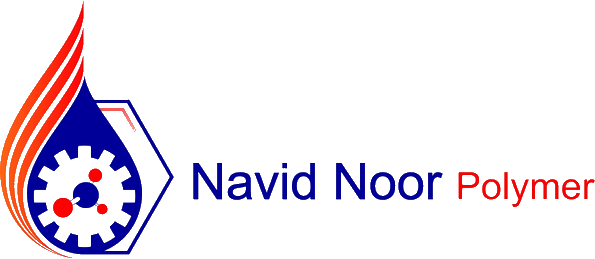
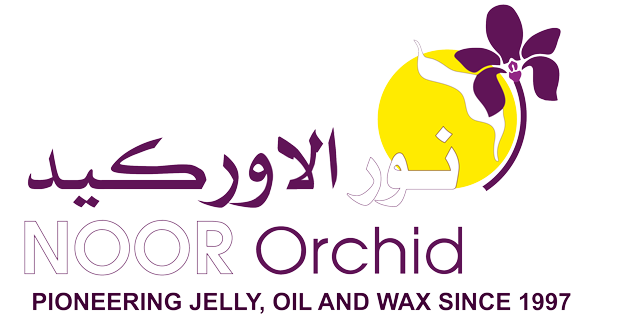





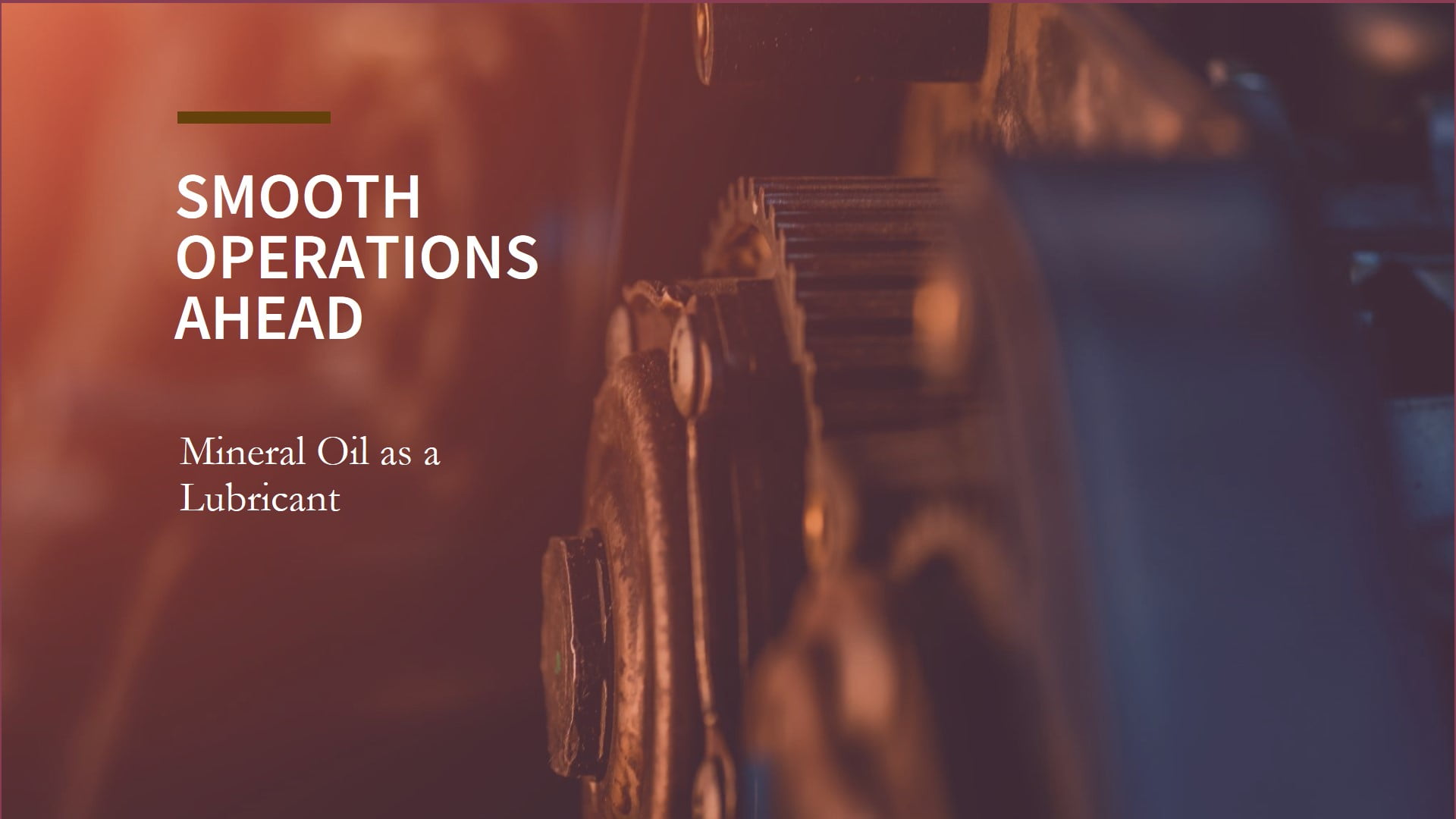
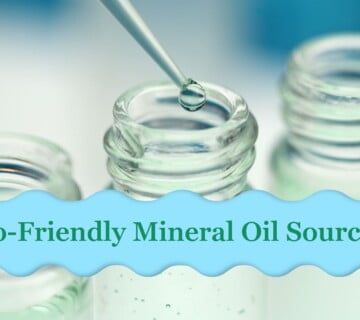

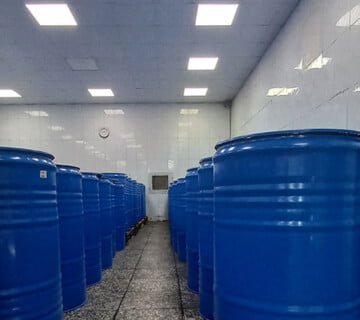
No comment